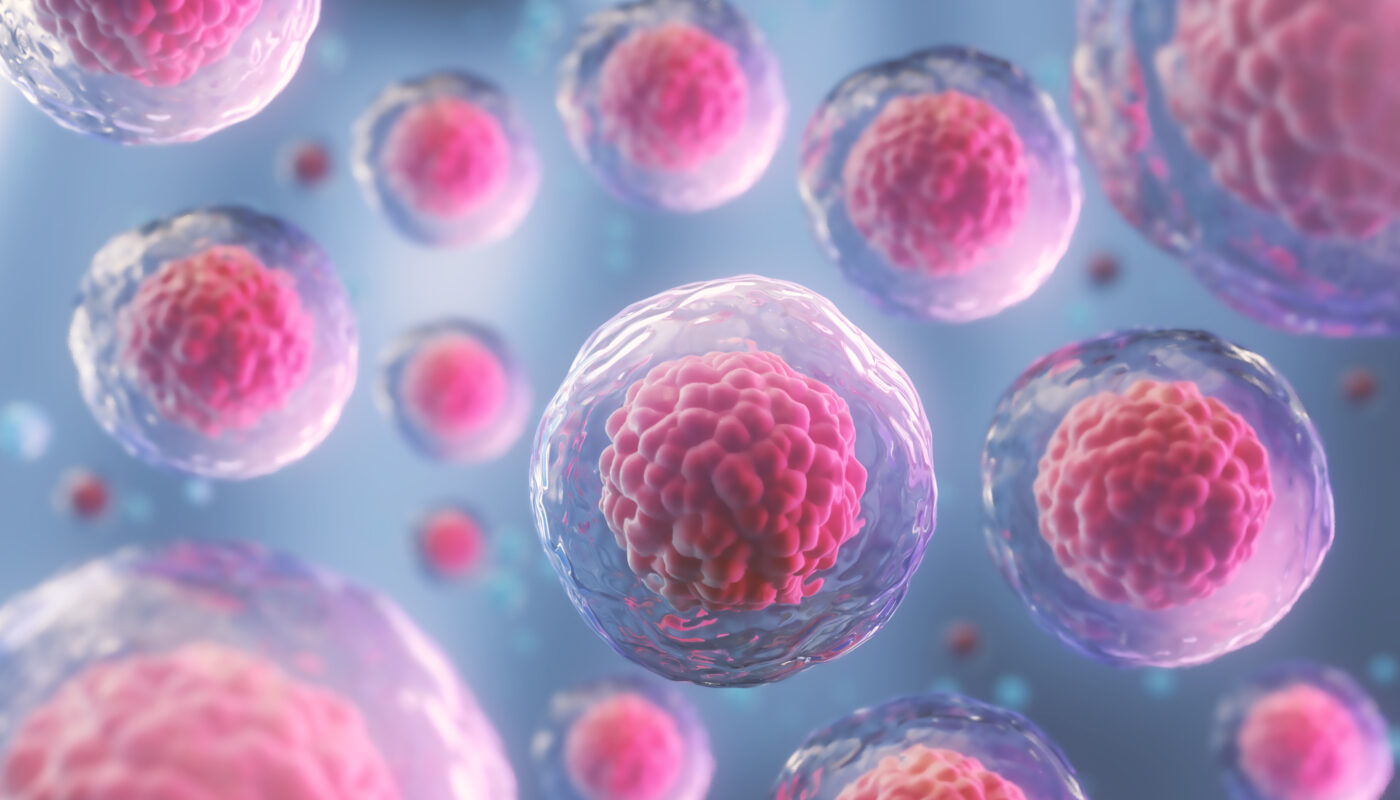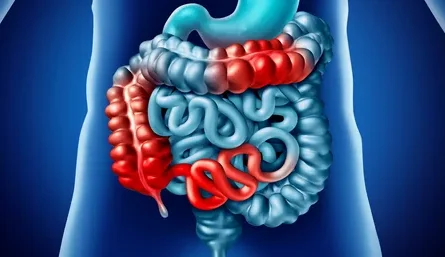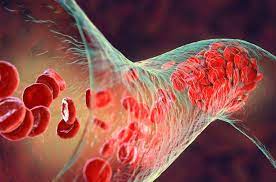Researchers have discovered a method that enhances the functionality of a type of stem cell that is often overlooked, potentially paving the way for improved treatments for blood-related diseases. The study, published in the journal iScience, highlights the untapped potential of CD34-negative hematopoietic stem cells (HSCs) found in umbilical cord blood.
Traditionally, stem cell transplants, including bone marrow transplants, involve infusing patients with healthy blood-forming HSCs to replace malfunctioning bone marrow. These stem cells, identified by the presence of a protein called CD34, are known for their ability to home in and establish themselves in the bone marrow environment.
However, the focus on CD34-positive HSCs has led to the neglect of CD34-negative counterparts, which are believed to possess greater regenerative capacity due to their primitive developmental state. To harness the therapeutic potential of CD34-negative HSCs, researchers led by biochemist Jasmeen Merzaban from KAUST sought to enhance their functionality.
The team observed that CD34-negative cells lacked sialyl Lewis X, a sugar molecule crucial for directing cells to the bone marrow, unlike their CD34-positive counterparts. To address this deficiency, the researchers treated CD34-negative cells with enzymes in the lab to increase the production of this sugar, resulting in improved homing abilities.
When transplanted into mice, the modified CD34-negative cells efficiently migrated to the bone marrow, where they continued to generate healthy blood and immune cells for an extended period. These cells also exhibited increased activity of genes involved in adhesion mechanisms necessary for interactions within the bone marrow environment.
The research findings suggest that CD34-negative HSCs could offer a more effective treatment option than currently realized. By integrating these cells in transplantation procedures alongside CD34-positive HSCs, the regenerative potential of the transplant recipient could be prolonged. Additionally, utilizing both types of HSCs has the potential to enhance efficiency and cost-effectiveness, as it would double the stem cell content, thereby amplifying the therapeutic benefits of cord blood.
Asma Al-Amoodi, a postdoctoral researcher in Merzaban’s lab and the first author of the study, emphasizes the significance of incorporating CD34-negative HSCs in transplantation, highlighting their ability to integrate seamlessly into the bone marrow niche. The enhanced therapeutic value of these cells could revolutionize blood disease treatments, offering new hope for patients in need of regenerative therapies.
*Note:
1. Source: Coherent Market Insights, Public sources, Desk research
2. We have leveraged AI tools to mine information and compile it.



